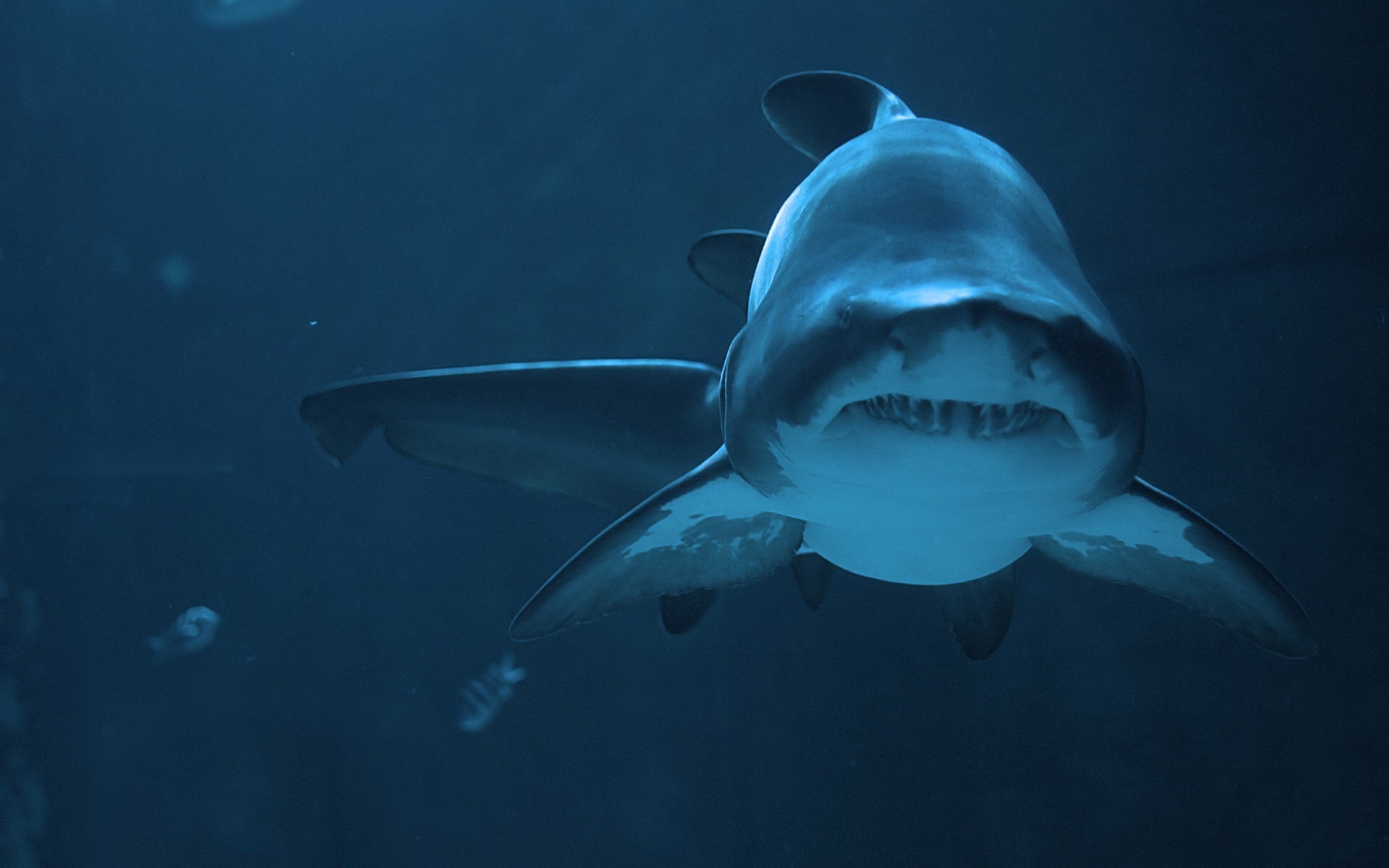
The point is: They have to feed, and if they can’t find food they’re going to go elsewhere to survive.”Įlliott said it was “all new learning, new data and it’s hypothetical”.

“I feel, after the flooding on January 27 and Gabrielle, floodwaters pushed normal fish life offshore or further north,” Elliott said. Great white sharks are visual predators - they prefer to be in water where they can see their prey. “These sharks are a lot smarter than we give them credit for. One great white, named Mananui, was tracked travelling from Bay of Plenty, around North Cape, to 90 Mile Beach and back - a roughly 1130km coastal trip.Īnother, the now-famous Daisy, disappeared for a month, evading tracking when she swam into deeper waters.Įlliot said he believed their movements reflected changing locations of their food sources and the suitability of areas for hunting.

“A recent Niwa report shows 53 great white sharks were caught and killed in commercial fishing - and that’s just what’s reported,” he said.


 0 kommentar(er)
0 kommentar(er)
